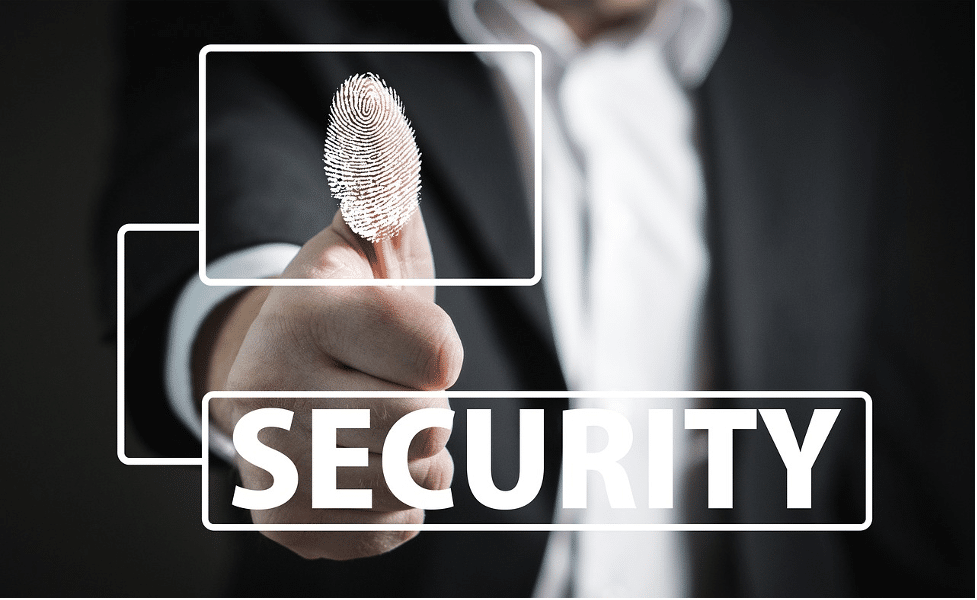Security no longer hides behind locked doors or sits quietly inside a firewall. It has moved to the center of modern business operations, touching everything from how customers perceive a brand to how remote teams work together. Companies can’t afford to keep physical and digital protection in separate corners. These systems need to function together, in sync, to support resilience, trust, and long-term growth.
Every interaction matters. From checkout counters to cloud servers, security influences every part of the experience. As hybrid work expands and contactless tools become standard, the risks evolve. A tight, well-integrated security strategy defends what matters as it improves daily workflows and gives customers peace of mind. Security becomes about creating smart environments where people and data can move safely and confidently.
Strengthening Physical Security to Improve Customer Confidence
Today’s security tools go far beyond locks and alarms. They shape how customers feel the moment they walk into a space. Think of a retail shop where smart cameras and access controls hum quietly in the background. The atmosphere feels safe. Staff move with purpose. Shoppers focus on browsing, not scanning for exits.
That comfort isn’t accidental. AI-powered surveillance can now spot red flags without crossing the line into privacy invasion. Automated entry points and contactless check-ins speed things up while reinforcing security. This combination of safety and efficiency keeps foot traffic flowing and builds quiet trust.
Businesses are using these upgrades to make a lasting first impression. A clean, well-lit parking area. Staff who stay visible and engaged. Entry points that feel secure without feeling sterile. These moments matter. In healthcare offices, co-working spaces, and storefronts alike, the right security system creates a space where people feel at ease and want to come back
Securing Digital Assets in a Remote Work Environment
Remote work opened the floodgates to new vulnerabilities. In the past, IT teams could rely on controlled networks and local servers. Now, business data jumps between homes, cafes, and public clouds. Every device introduces potential exposure. Every inbox becomes a doorway.
To meet that challenge, companies need remote digital frameworks that protect without slowing people down. Cloud platforms must include solid encryption and strict access controls. File-sharing tools should require multi-factor authentication. Devices need security updates that aren’t optional and policies that keep them aligned with company standards.
Still, the biggest gap is often human. Phishing scams, suspicious links, reused passwords — these are the cracks where the worst leaks start. That’s why routine training and simple, ongoing education help so much. Security only works when everyone, from interns to execs, treats it like part of the job.
Real safety means building smart routines: think secured messaging tools, monitored access logs, and role-based permissions that keep sensitive data exactly where it belongs. When cybersecurity becomes part of the daily rhythm, teams work better and avoid disaster. And they don’t have to trade speed for safety to do it.
The Business Impact of a Unified Security Approach
Separate systems don’t talk to each other. When that happens, mistakes can slip through with missed handoffs, overlooked warnings, and confusion during downtime. These gaps make things harder for staff and more frustrating for customers. Aligning physical and digital tools streamlines how businesses operate.
Picture a modern office setup. A badge opens the front door. That same badge unlocks digital tools, monitors usage patterns, and triggers alerts if something looks off. One system with one set of rules. You get less clutter and more control.
And it pays off. Customers want to know their information is safe. Clients remember which brands handle problems quickly and quietly. Whether it’s a clinic protecting medical records or a startup safeguarding user data, secure operations build loyalty with consistency and confidence.
The most forward-looking companies are already testing the next layer. Tools that use AI to scan for unusual patterns. Biometric access that skips passwords and lets people in with a fingerprint or facial scan. These tools catch issues faster, speed up access, and simplify life on both sides of the screen.
Conclusion
When security is done right, it blends into the background. No friction, no roadblocks—just support. Customers feel safer. Teams get more done, threats stay quiet, and the whole business runs smoother.
Companies that bring their systems together — physical hardware and digital frameworks — gain clearer visibility, tighter workflows, and deeper trust. From the front door to the backend dashboard, the entire experience levels up.
These systems say, “We’re prepared.” And in a market where trust moves fast and stakes run high, that message makes a difference. This is what real security looks like: calm, confident, built to last. And for the companies ready to grow, it’s the edge that sets them apart.
